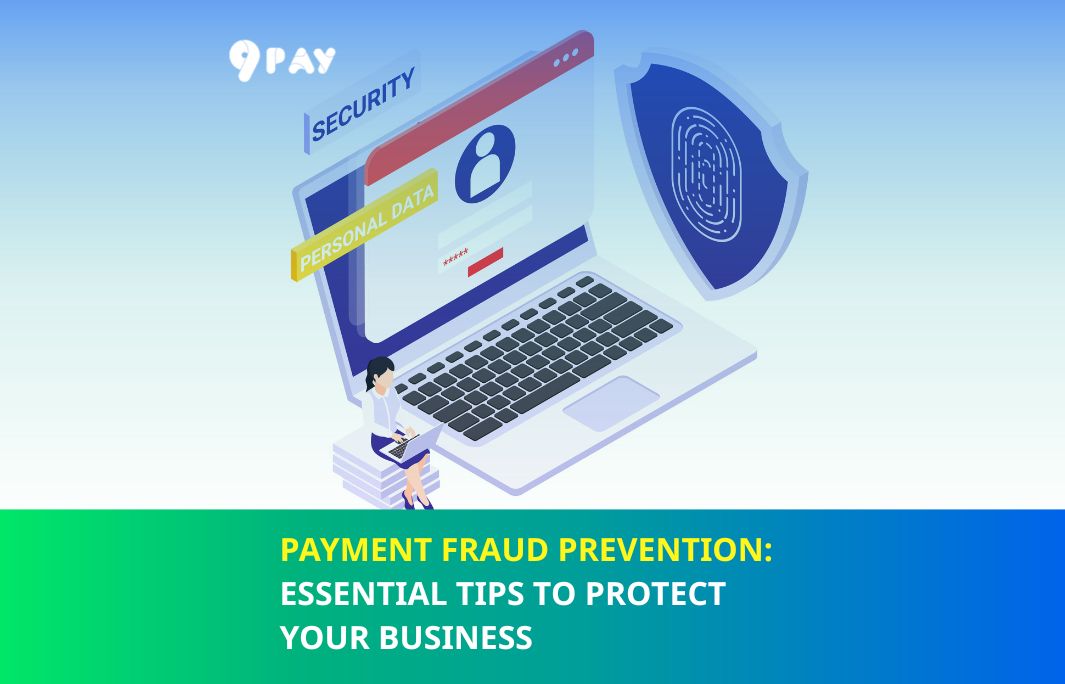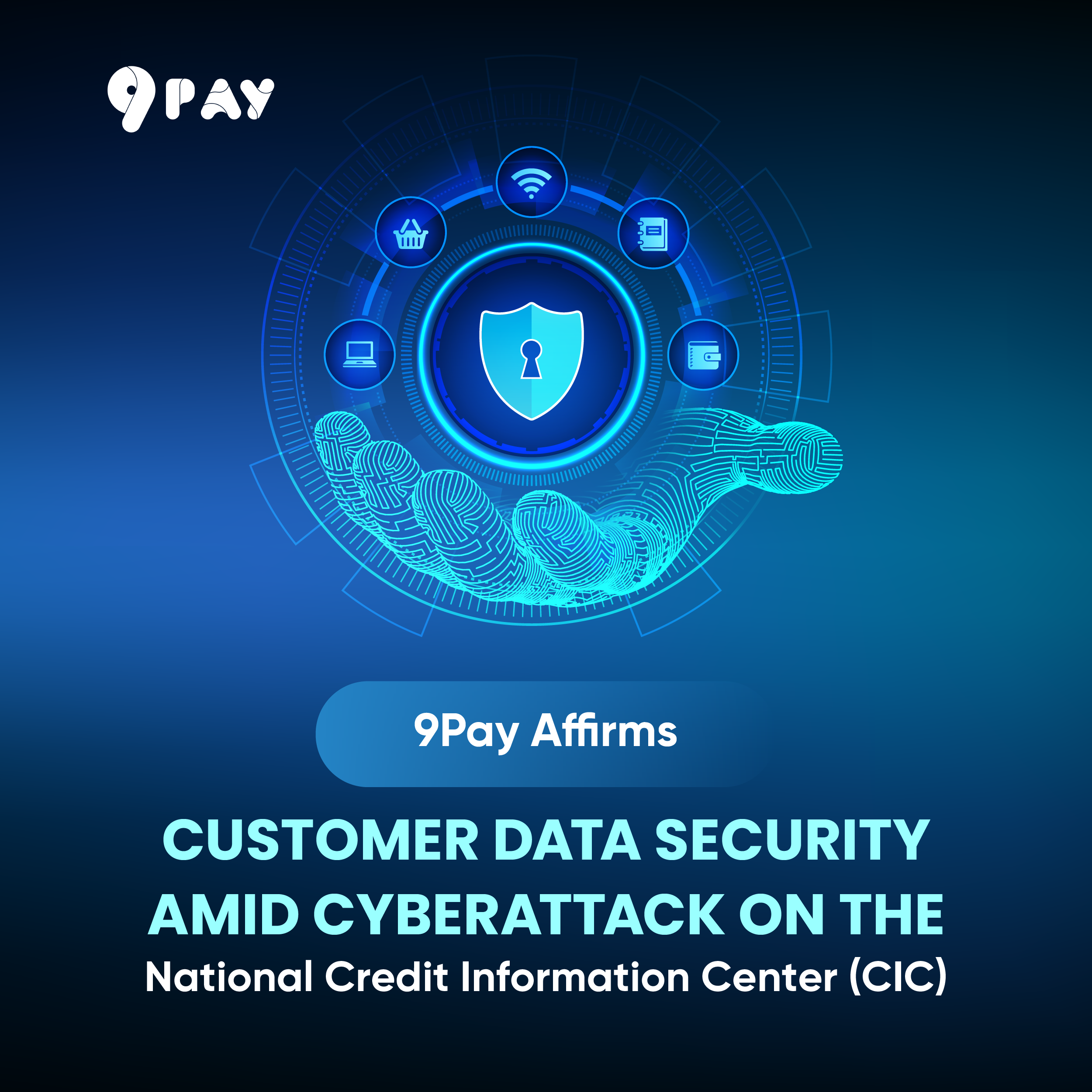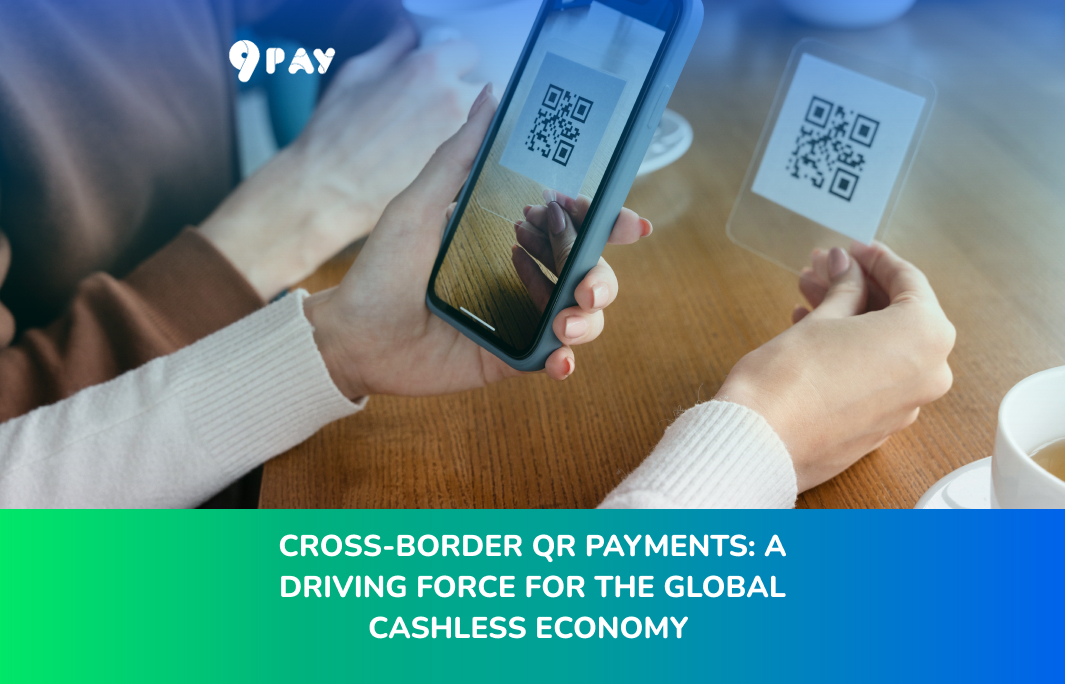10 Business payment trends your company should know
This article explores the 10 most important payment trends businesses should know, from mobile and contactless payments to cross-border payment, and the rise of cryptocurrencies.
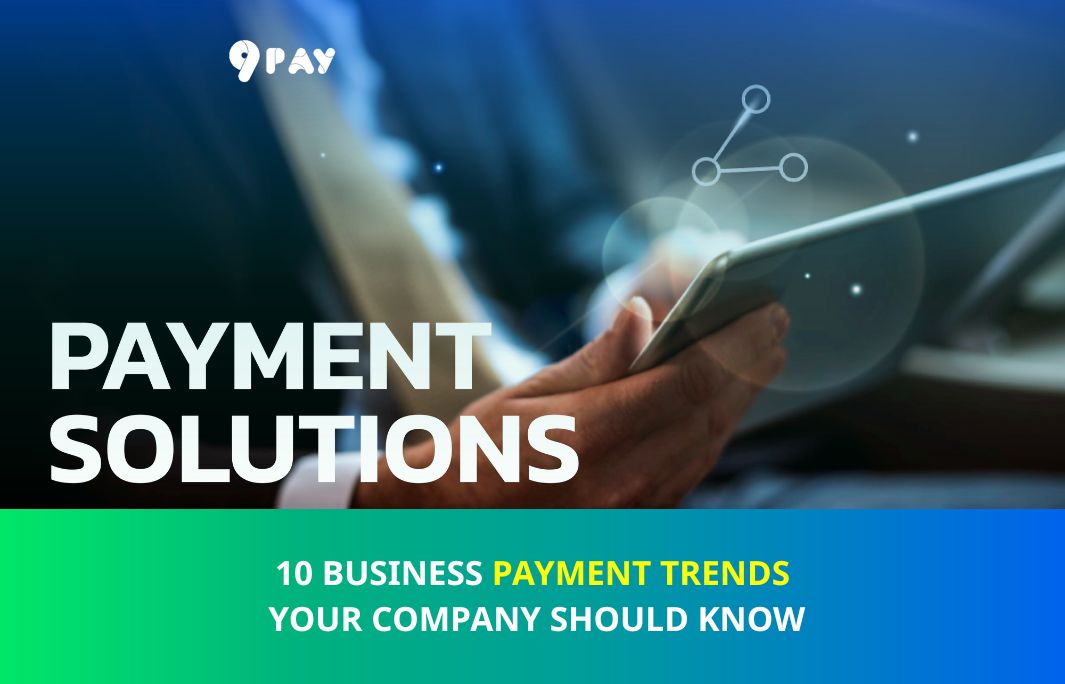
The payments landscape is evolving faster than ever, driven by digital innovation, shifting consumer behavior, and the rise of global commerce. Understanding the latest payment trends is no longer optional - it’s essential for ensuring efficiency, security, and customer satisfaction.
1. Contactless and Mobile payments
Contactless payments have become the new standard, especially accelerated by the COVID-19 pandemic. Customers increasingly prefer tap-to-pay cards, digital wallets, or QR codes without physical contact. Near Field Communication (NFC) and Quick Response (QR) code technologies are leading this revolution.
With the widespread adoption of smartphones and payment apps, customers expect to complete all transactions directly on their phones, from online shopping to in-store payments.
Companies need to invest in infrastructure supporting contactless payments to meet customer expectations for convenience and safety. Implementing these solutions not only improves customer experience but also reduces transaction processing time and increases operational efficiency.
2. Digital wallets and Super apps
Digital wallets like Apple Pay, Google Pay, and Samsung Pay are increasingly popular, allowing users to store multiple payment methods in a single application. In Vietnam, wallets like 9Pay, MoMo, ZaloPay, and ViettelPay are leading this trend.
Super Apps - One App for All Needs
The super app model integrating multiple services into a single platform is developing strongly. Users can make payments, transfer money, shop, book rides, order food, and access many other services within one application.
Integrating with popular digital wallets helps businesses reach broader customer segments, especially younger generations. This also reduces payment processing costs and increases transaction speed.
3. Cross-border payment innovation
Traditional cross-border payments are typically slow, expensive, and lack transparency. Transactions can take several days to complete and incur numerous hidden fees. They have a big impact on businesses that are doing international trade, wasting time and money.
Fintech startups and major tech companies are developing faster, cheaper, and more transparent international payment solutions. This is an opportunity for import-export businesses and international trading companies to take advantage of these new solutions to reduce costs, speed up payments and improve cash flow.This is particularly important for SMEs looking to expand into international markets.
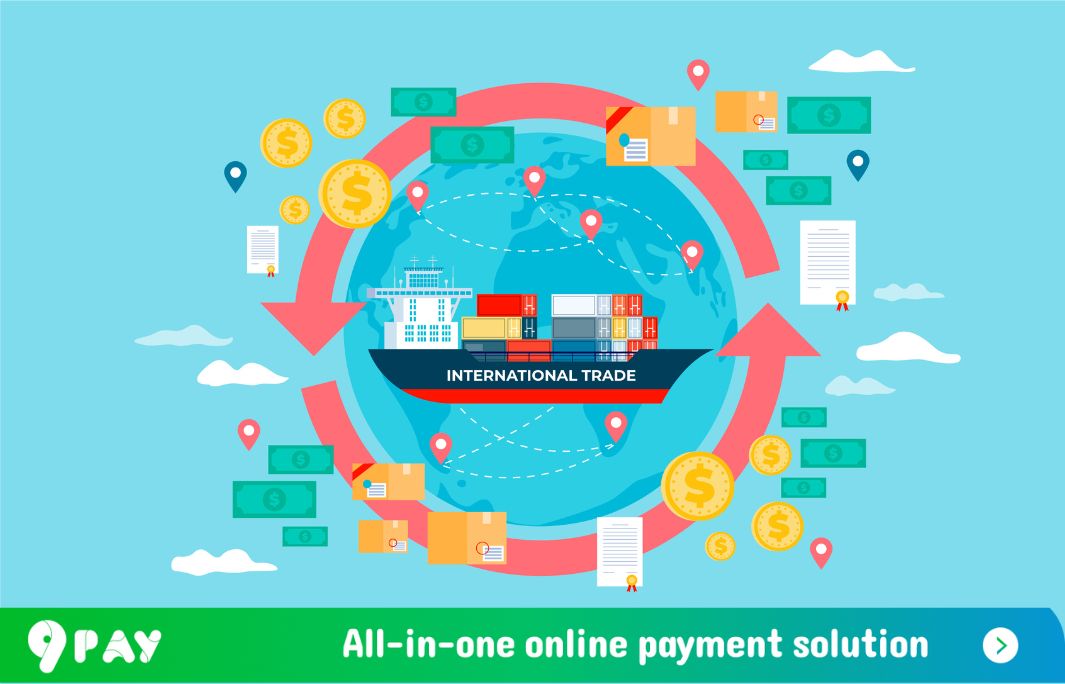
9Remit cross-border payment is a specialized B2B payment solution developed by the Vietnamese fintech company, 9Pay, which is licensed by the State Bank of Vietnam. It is designed to act as a crucial financial bridge, enabling global financial institutions, fintech companies, payment service providers (PSPs), and large international merchants to execute fast, compliant, and cost-effective international settlement into the Vietnamese market.
Key features and benefits of the 9Remit solution
Same-Day settlement (T+0): Funds are often received on the same day the transfer is initiated, and frequently within just a few hours, contrasting sharply with the days or weeks required by traditional SWIFT transfers.
High volume capability: The infrastructure is built to handle millions of transactions in real time, supporting high-frequency and high-volume transfers required by large global partners.
Competitive FX rates: It offers transparent and competitive real-time exchange rates.
Reduced intermediary fees: The direct connection model eliminates many of the hidden fees and intermediary bank charges associated with the traditional correspondent banking system.
Regulatory adherence: The platform strictly adheres to key global financial standards, including Anti-Money Laundering (AML) and Know Your Customer (KYC) regulations.
Legal bridge: It provides a mechanism for foreign businesses to conduct financial activities in Vietnam with legal compliance, overcoming many of the typical infrastructure and regulatory barriers.
Detailed information: The system provides full transparency on all fees and exchange rates upfront.
-
Website: 9pay.vn/en
-
Hotline: 1900 88 68 32 (24/7 customer support)
-
Email: business@9pay.vn
4. Rise of B2B digital payments
The B2B payment sector is undergoing a powerful digital transformation. Businesses are gradually abandoning traditional payment methods like paper checks and moving to digital solutions.
Digitized B2B payments offer numerous benefits including process automation, error reduction, faster processing speeds, improved cash flow management, and enhanced security. Businesses can track and manage payments more effectively.
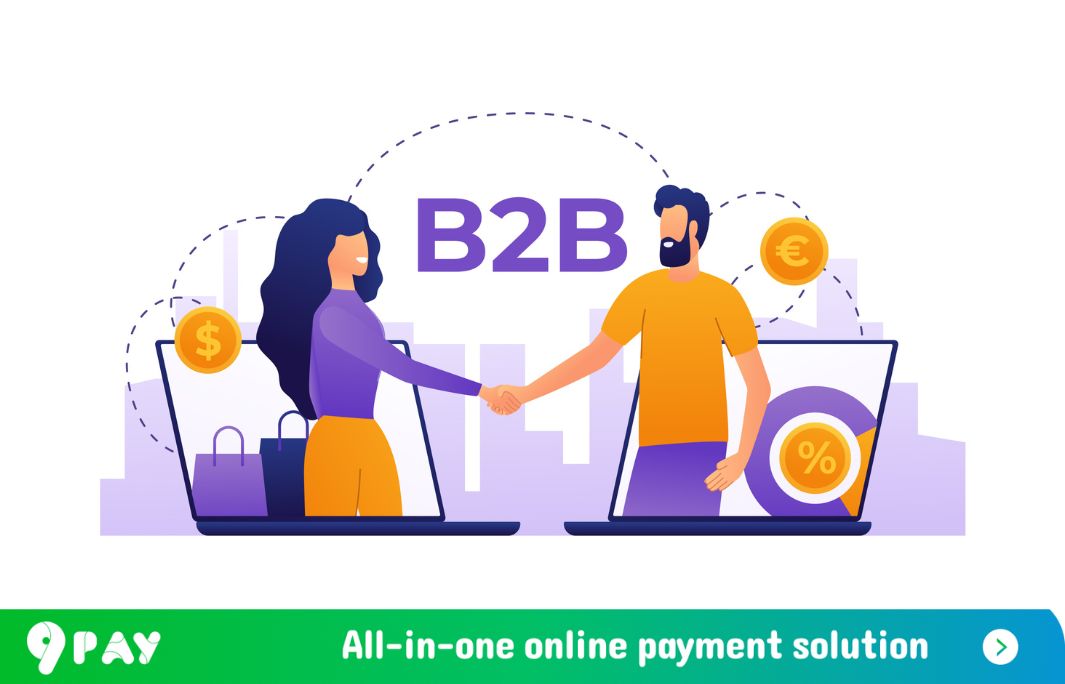
5. Buy Now, Pay Later (BNPL)
BNPL allows customers to purchase immediately and pay in installments without traditional credit cards. This model is favored for its flexibility and simple approval process.
BNPL is changing how consumers shop, especially for high-value items. Customers are willing to purchase more when they can pay in installments without high interest rates.
Retailers integrating BNPL typically see increased average order values, higher conversion rates, and more returning customers. However, considerations about risks and associated costs are necessary.
6. Open banking & Embedded finance
Open banking and embedded finance allow businesses to integrate payment services directly into their apps, offering seamless and personalized experiences. Customers can access financial services right within the process of using core products/services.
Businesses can create proprietary financial products, improve customer experience, and generate additional revenue from financial services without becoming banks.
7. AI & Machine learning in Fraud detection
Artificial intelligence and machine learning are revolutionizing payment fraud detection and prevention. Systems can analyze millions of transactions in real-time to identify suspicious patterns.
AI can learn and understand normal payment behavior of individual customers, thereby detecting unusual transactions that might be fraudulent. This helps reduce false positives and improve customer experience.
Applying AI in fraud detection helps businesses save millions of dollars annually by minimizing fraud losses and chargeback processing costs.
8. Real-time payments (RTP)
Real-time payments allow immediate money transfers and receipts, 24/7, every day of the week. This trend is driven by customer expectations for speed and convenience.
Countries worldwide are heavily investing in instant payment infrastructure. In Vietnam, the NAPAS system is developing real-time payment solutions to meet market demand.
RTP helps businesses manage cash flow more effectively, reduces payment waiting time, and improves partner relationships. This is particularly important for small and medium enterprises.
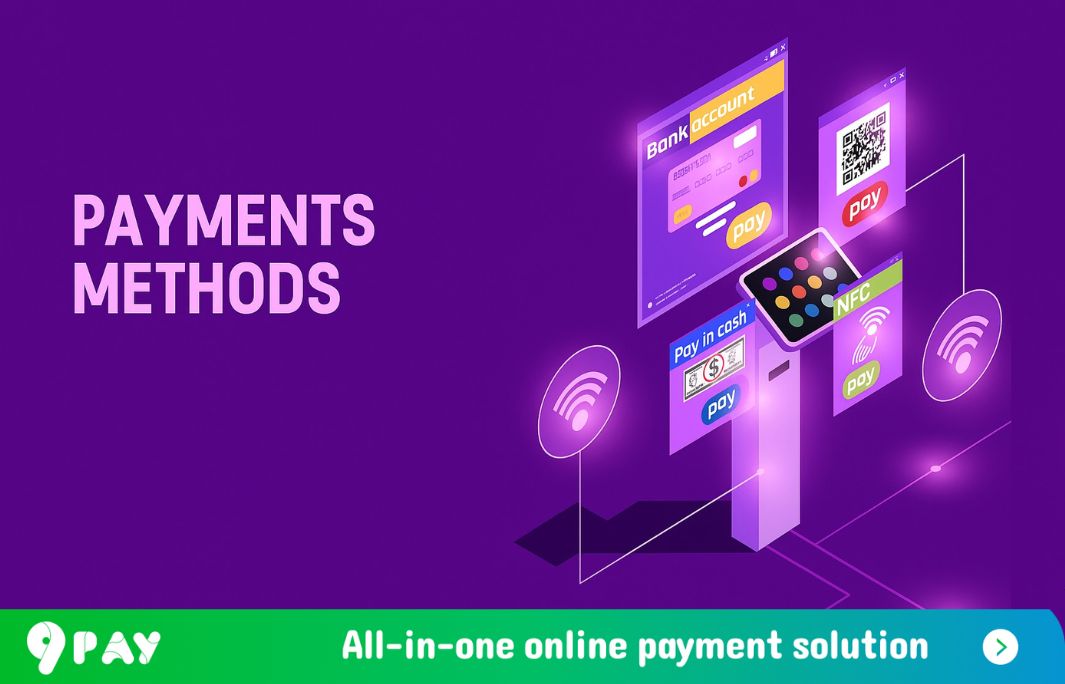
9. Leveraging emerging market potential
Regions like Asia, Africa, and Latin America are witnessing explosive digital payment growth, driven by e-commerce expansion and high mobile adoption. This creates significant opportunities for businesses looking to expand.
Many countries are "leapfrogging" technology generations, moving directly from cash payments to mobile payments while skipping the credit card phase. This creates unique business models.
Success in emerging markets requires deep understanding of local culture, payment habits, and legal frameworks. Businesses need to adjust strategies to suit each market.
10. Cryptocurrency & Stablecoins
Despite ongoing challenges, cryptocurrency is gradually being accepted as a legitimate payment method. Major companies like Tesla and Microsoft have begun accepting crypto payments.
Stablecoins solve the volatility problem of traditional cryptocurrencies, creating a more stable digital payment medium. This makes crypto payments more practical for commercial transactions.
Many central banks are researching and testing central bank digital currencies. This could create fundamental changes in the global payment system.
Companies need to carefully consider accepting crypto payments, including factors such as price volatility, compliance, legal risks, and actual customer demand.
Conclusion
These payment trends are not just simple technological changes but reflect the evolution of the entire business ecosystem. Businesses wanting to maintain competitiveness need to:
- Invest in technology: Update payment infrastructure to support new methods and ensure security.
- Understand customers: Research customer behavior and expectations to choose appropriate solutions.
- Maintain flexibility: Be prepared to adapt to new trends and regulatory changes.
- Partner with reputable providers: Work with trustworthy payment solution providers to safely implement new technologies.
- Focus on experience: Put customer experience at the center of all payment decisions.
The future of payments is happening right now. Businesses that grasp these trends will have superior competitive advantages in an increasingly competitive market.




